Home - Business Meetings - 30 60 90 day plan for Managers – Template Included!
30 60 90 day plan for Managers – Template Included!
Optimize Your Employees First 90 Days: Use the 30-60-90 Day Plan
While all job roles can benefit from a plan, managers commonly use a 30-60-90 day plan to ensure new employees meet expectations and accomplish specific goals.
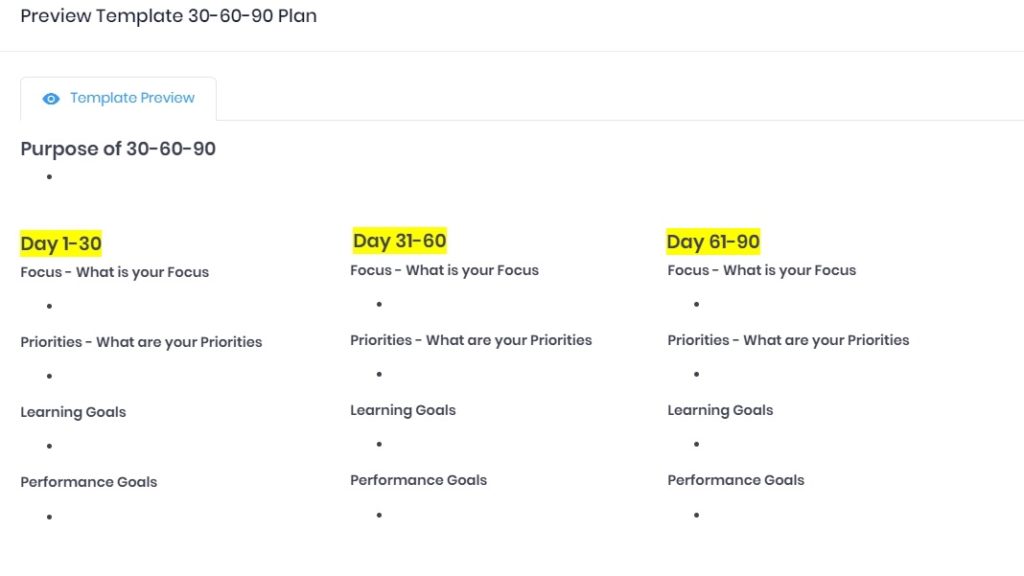
Table of Contents
Optimize Your Employees First 90 Days: Use the 30-60-90 Day Plan
As a manager, you must understand your team’s group dynamics to identify short-term goals you need to achieve. A goal-driven plan can help you adjust to your managerial position effectively and quickly.
Fortunately, a 30-60-90 day plan can help every manager organize and prioritize their time and tasks. The plan helps break up goals into smaller and actionable items to help make the most impact as a manager and optimize your employees’ first 90 days
But what is a 30-60-90 day plan? Read on to learn more about the 30-60-90 day plan, how to create it, and an example and template to get you started. You can get a copy of the 30 60 90 day plan here for free!
What is a 30-60-90 Day Plan
A 30-60-90 day plan is a resource or document that outlines a clear course of action for new employees. It helps you set goals and strategize your first 30, 60, and 90 days in a new job. It is a plan helps new managers create specific and manageable goals that align with the company’s mission.
In most cases, a the plan is necessary when preparing for an interview or starting a new job. The first 30, 60 & 90 days are also essential to the onboarding process to help build connections and culture with new employees. While all job roles can benefit from a 30-60-90 day plan, managers commonly use it to ensure new employees contribute to the organization’s success and meet expectations.
What are the Benefits of a 30-60-90 Day Plan
Many benefits come along with a 30-60-90 day plan. They include:
It Helps set clear goals
Having your expectations written down makes it easier to meet them. As a manager, the goals you set in your plan will help you achieve them effectively and quickly. After all, having specific goals for your first 90 days proves your commitment to your position.
Clearer focus
When you plan your first 90 days or set a plan for new employees in an organization, you help them focus on important things. Instead of wasting valuable time on unnecessary pleasantries, they stay focused on meeting organization goals.
Helps alleviate new job anxiety
A lot of pressure, anxiety, and stress come with starting a new job. As a manager, one way to eliminate new employees’ jitters is by giving them a plan to help them improve their productivity. A 30-60-90 day plan will also help build a relationship with your team. Also, employees will be aware of your managerial skill and compel them to follow your lead.
Good time management
No single manager wants always to be there to tell employees what to do per time. A good plan helps employees self-manage their work when you use it as part of the onboarding strategy. The plan will also help managers focus on more important priorities.
It acts as a reminder of priorities
As new employees get accustomed to their responsibilities, their workload gradually increases. However, a 30-60-90 day plan puts them on track and reminds them of their priorities.
How to Create a 30-60-90 Day Plan
Your plan should have concrete goals and well-defined expectations. As a manager, you should clearly communicate your expectations to your employees. But how do you create an ideal 30-60-90 day plan? Follow these steps:
- Start by drafting a template
You can create or use a pre-made template to manage your 30-60-90 day plan. The template should include spaces for your 30, 60, and 90 days goals and different types of goals. Also, it should include spaces for action required to meet your goals.
2. Define goals: Use SMART goals
Set SMART goals. Once you understand your priorities, set goals that align with them for the 30, 60, and 90-day phases. The goals should be Specific, measurable, Attainable, Realistic, and Time-bound (SMART).
The SMART goals criteria help you set robust goals achievable within the desired time and measure the outcome. You can start by writing down your goals and then sort them into appropriate categories on the template.
Some of the goals that you should define in a 30-60-90 day plan are:
Learning goals: the skills or things you expect your employees to learn or acquire
Performance goals: What you expect employees to accomplish in the initial 90 days of employment.
Personal goals: These goals should focus on building relationships with your team.
Initiative goals: These goals help establish your position as a skilled manager.
3. Identify 30, 60, and 90-day targets
The first 30 days should be dedicated to achieving learning, personal, and performance goals. New employees should learn about the company and their specific roles in this phase.
Your 60-day plan goals should target contributions to the company’s mission. These goals focus on implementing knowledge attained in the first 30 days.
The 90-day target focuses on leadership skills. As a manager, you should be able to implement the experience and knowledge gained in the first 60 days to lead the team effectively.
4. Create an action plan list
As a manager, you should assess whether or not the goals listed have been met. Create a list of items that can help you with this.
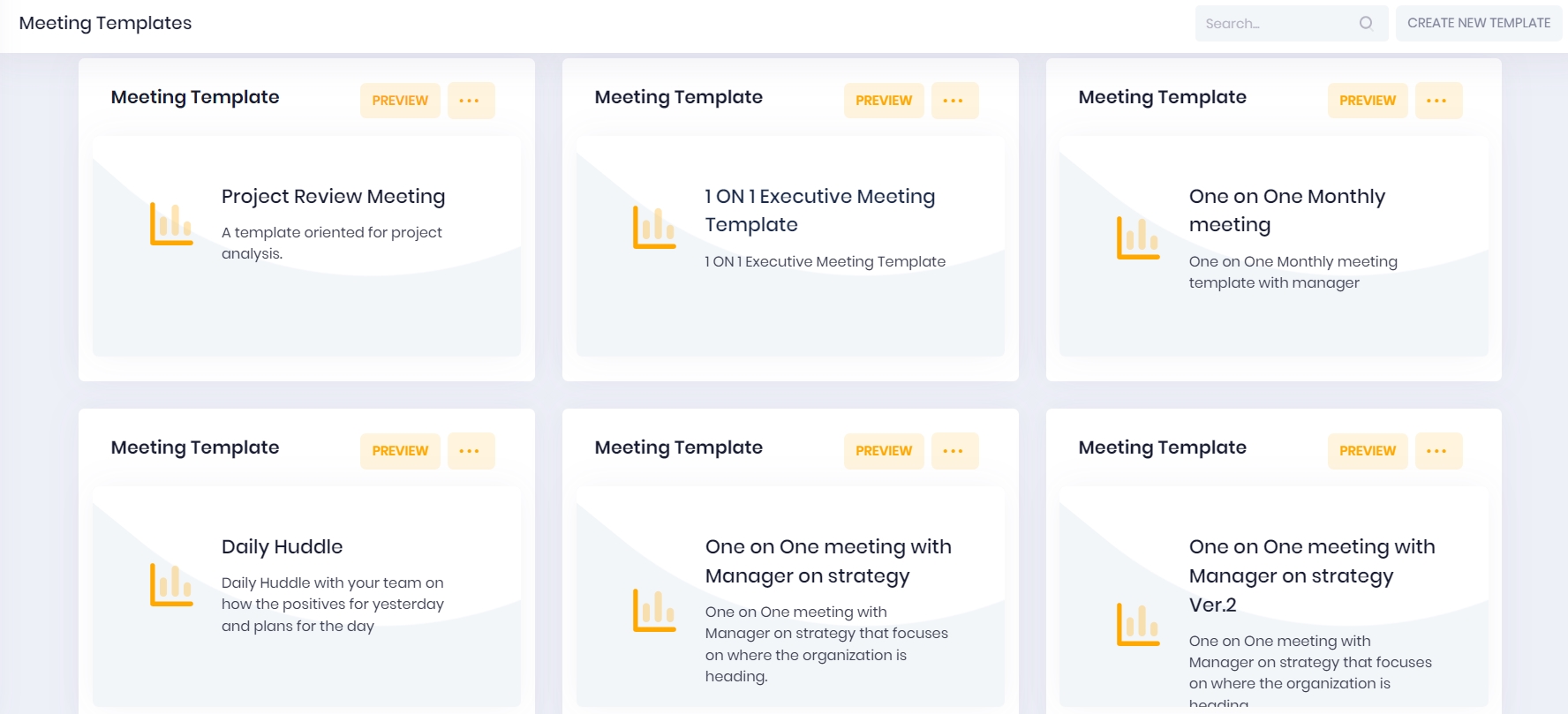
30-60-90-Day Plan Template
Managers Name……………………..
30 Days (x/xx/xxxx)
Learning Goals Initiative Goals
– Goal 1 -Goal 1
– Goal 2 -Goal 2
– Goal 3 -Goal 3
Performance Goals Personal Goals
– Goal 1 -Goal 1
– Goal 2 -Goal 2
– Goal 3 -Goal 3
60 Days (x/xx/xxxx)
Learning Goals: Initiative Goals:
– Goal 1 -Goal 1
– Goal 2 -Goal 2
– Goal 3 -Goal 3
Performance Goals: Personal Goals:
– Goal 1 -Goal 1
– Goal 2 -Goal 2
– Goal 3 -Goal 3
90 Days (x/xx/xxxx)
Learning Goals: Initiative Goals:
– Goal 1 -Goal 1
– Goal 2 -Goal 2
– Goal 3 -Goal 3
Performance Goals: Personal Goals:
– Goal 1 -Goal 1
– Goal 2 -Goal 2
– Goal 3 -Goal 3
When to have a 30-60-90 Day Plan
While a 30-60-90 day plan has a similar structure, the level of detail differs according to your situation. You can make the plan when preparing for a job interview and starting your new job.
As a manager, a 30-60-90 day plan can help you during the onboarding process and outline 30, 60, and 90-day expectations for the new employees. The plan also is a valuable accountability tool that can ensure employees meet goals and expectations.
Also, if you are starting a new job, creating a plan will make the transition to your new role easy. The goal is to set yourself up for a new job and to ensure you are in the right direction. If you are unsure of the company goals, expectations, or benchmarks, ask and gather the necessary information.
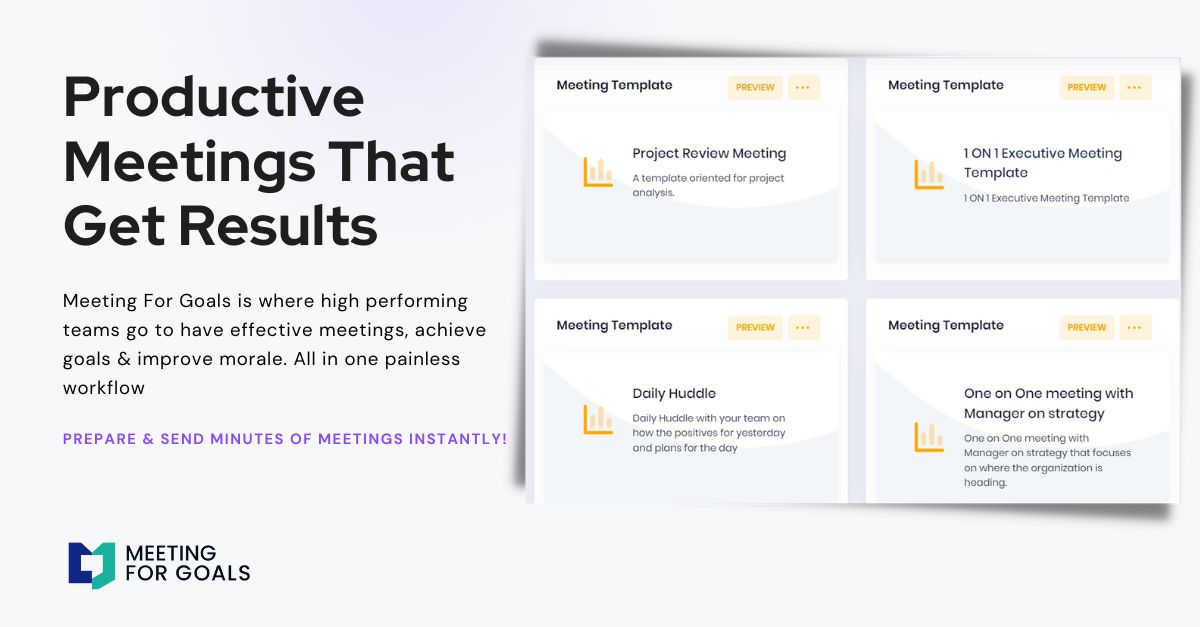
Example of a 30-60-90 Day Plan
30 Days
Theme: Create Employee Connections
Learning Goals
- Identify new employees’ strengths.
- Identify challenges in meeting team goals.
- Encourage teamwork and honest communication.
Performance Goals
- Increase productivity by 25%
- Increase each employee’s output by 5%
Initiative Goals
- Get ready for the mentorship of employees looking to advance in their roles.
Personal Goals
- Arrange for team-building activities.
60 days
Theme: Creating Success Culture
Learning Goals
- Identify goals not achieved
- Define the project’s starting point, milestone, and expected results
- Identify where previous managers struggled.
Performance Goals
- Ensure project deadlines are achieved.
- Develop team culture by working on complex tasks as a team
- Strive to deliver at least one project task ahead of schedule
Initiative Goals
- Brainstorm on new projects that align with the set goals
- Work closely with other teams to reach project goals.
Personal Goals
- Help other team members to improve their focus.
90 Days
Theme: Find New Opportunities to Succeed
Learning Goals
- Arrange one-on-one meetings with employees to determine the success and failures of the project.
- Also, identify the outcome that exceeded expectations and what made them successful.
Performance Goals
- Assign duties and tasks to staff within minimal supervision.
- Help employees achieve the best results through regular performance review
- Identify areas with reasonable ways of cost-saving while achieving project goals.
Initiative Goals
- Encourage team members’ growth, especially those with a passion for leadership
- Let employees work without your supervision. Encourage employee autonomy
Personal Goals
- Encourage work-life balance to avoid employee burn-out.
Tools to Help with 30-60-90-Day plan
Carefully craft the plan to help you make the most out of it. Apart from helping achieve organizational goals, it will help bring out the best in you as a manager. It also forms an opportunity to showcase your leadership skills and the value you bring to the company.
Establishing working relationships is key to achieving the company’s vision and mission. Set up meetings with key stakeholders but ensure you have a clearly defined meeting agenda. You can use the meeting agenda template to help you take minutes of the meeting. Meeting for Goals tools can always help you set a 30-60-90 day plan.
Schedule a meeting today and see how our tools can help you craft an effective plan for your employees.
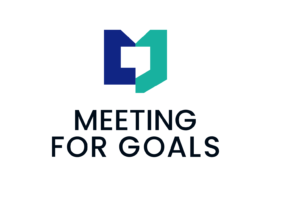
Meeting For Goals Editorial Team
Meeting For Goals is where high performing teams go to have effective meetings, achieve goals & improve morale. All in one painless workflow. Use Meeting For Goals to help guide your meetings and ensure you have the most productive meetings.

How To Reduce Meetings in the Workplace
Introduction Every manager has been in a meeting that went on way too long, or spent too much time discussing things that could have been

Tips to improve your meeting culture & Symptoms of bad meeting culture
Introduction Meetings are an essential part of every company’s life, but they can also be a huge waste of time. The good news: with some

Why are meetings important? Their Advantages & Tools to Have Great Meetings
Introduction Meetings are an essential component of running a successful business. They help you share information, solve problems, and give everyone on your team an

How to Spot Ineffective Meetings and How to Stop Them
Introduction Everyone knows that meetings are a necessary part of business, but few people realize how much time ineffective meetings actually waste. In an effort
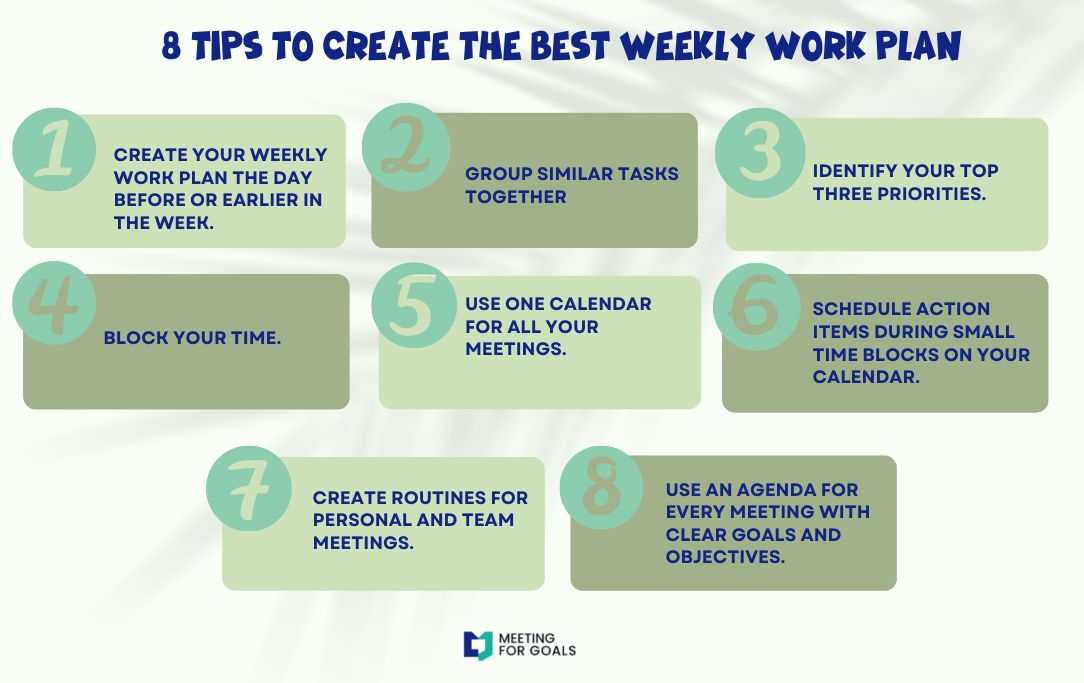
8 Tips to create the best weekly work plan
The key to being successful at work is having a weekly work plan. A weekly work plan is the most effective way to organize and
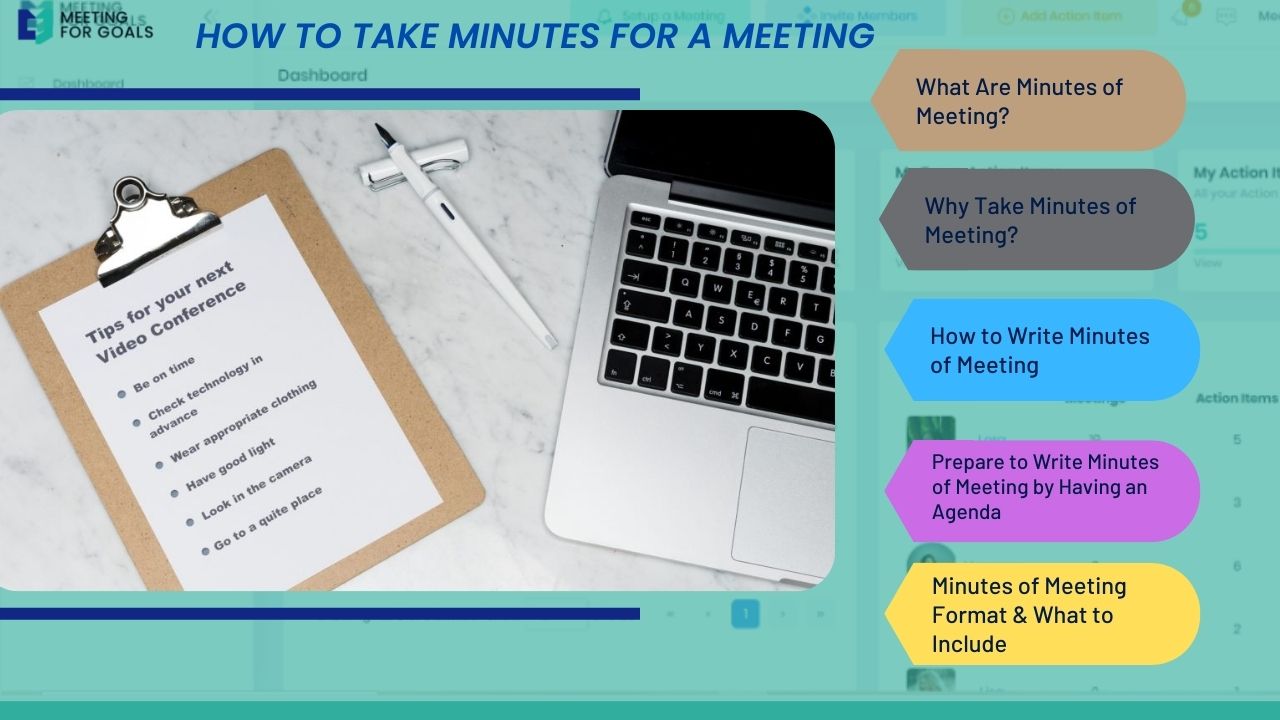
How To Take Minutes For A Meeting
When meeting with a group, it’s important to take minutes as they happen. This ensures that there is no confusion at the end of the
